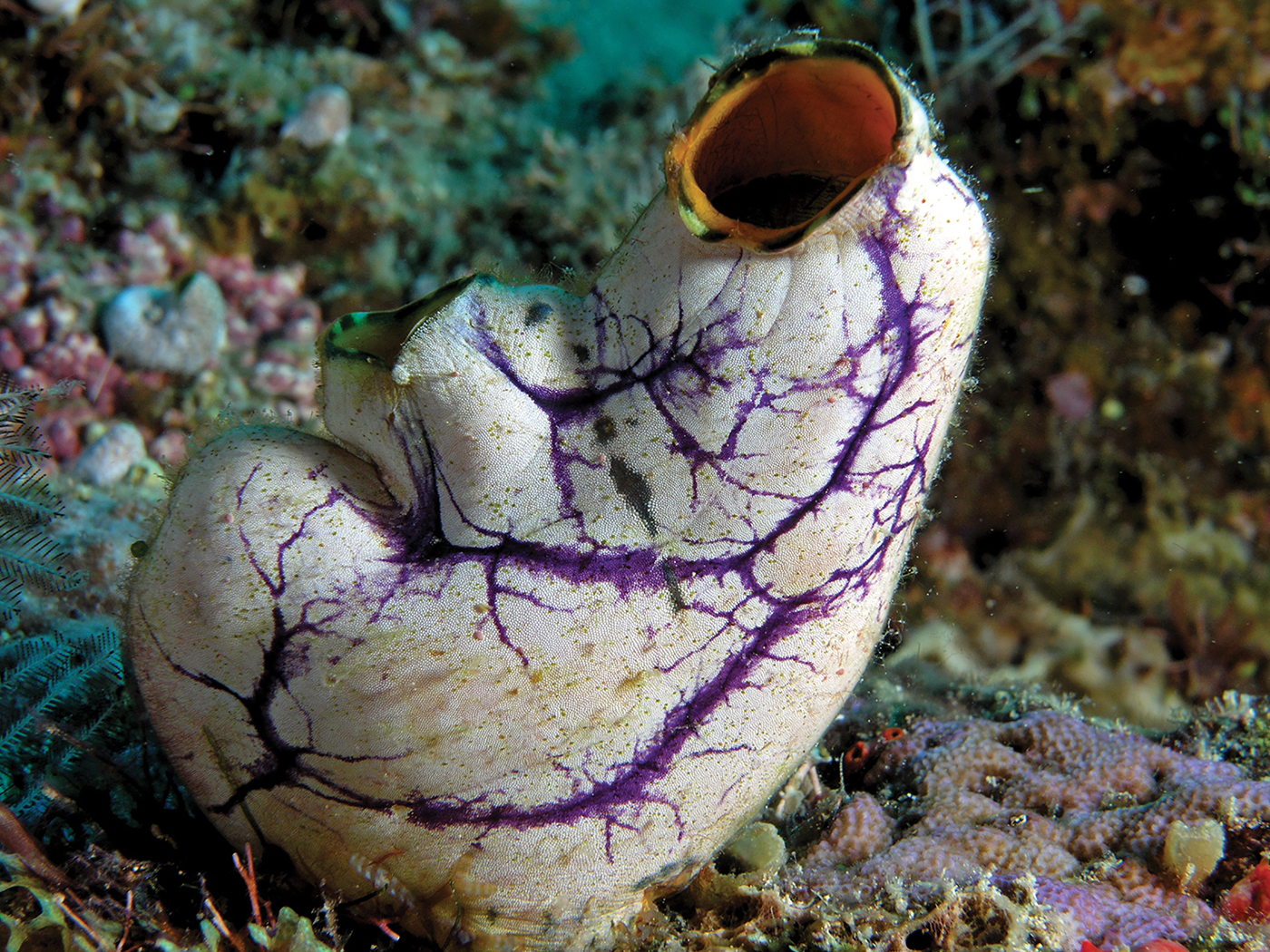The BP oil disaster that began on April 20 in the Gulf of Mexico has touched about 100 miles of coastline, affecting large swaths of life-rich wetlands.1 This event will undoubtedly fuel increased efforts to locate alternative energy sources that do not carry hefty environmental risks. One group pursuing innovative fuel technologies has recently benefited from an influx of capital and the addition of former British Prime Minister Tony Blair as a senior adviser.2
Housed near Houston, Texas, biofuels company KiOR has been scaling up its proprietary method of converting plant matter--such as wood chips--into a "high-quality, renewable crude oil that is a substitute for conventional crude oil," according to the website of its Silicon Valley parent firm, Khosla Ventures.3 This technology has definite potential, but what is really interesting is the way it works.
Called "biomass catalytic cracking," KiOR uses a unique chemical to catalyze, or greatly speed up, the "cracking" of larger plant compounds into smaller oils that can be refined for practical use. Their goal is to build small processing units that will be used in rural areas to produce energy, yielding only water and ash as waste products.4 The process can generate "green oil" in seconds, in contrast to the crude oil that supposedly required millions of years to develop.5
But what if a similar chemical catalyst was present during the formation of underground crude oil? If so, then crude may have actually formed very rapidly.
This catalytic process parallels the recent discovery that a fungus can produce fuel oil from wood. The study's authors who described it in the journal Microbiology asked a similar question:
Most geologists view crude oil and natural gas as products arising from the compression and heating of ancient organic substances over the course of geological time. In view of this work, perhaps it is not unreasonable to speculate that some hydrocarbons in the earth's upper mantle may have arisen via the fermentation of plant materials by fungi under conditions of limited oxygen.6
So, if either a fungus, chemical catalyst, or even an as-yet undiscovered catalytic factor was present during oil formation, then the deeply buried crude oil could have formed in a very short time--a stark contrast to the currently assigned timeframes. In spite of evolutionary assumptions, what is actually known about oil formation is that it happens rapidly.
Other oil-related factors corroborate crude oil's recent formation and, by association, the youth of the planet that holds it. For example, in the BP oil spill disaster, tremendous pressures are currently pushing crude into Gulf waters.7 Since all rocks are porous, there should no longer be such pressurized oil deposits after the supposed eons of evolutionary deep time. The pressures should have fizzled out long ago. Also, if crude is really as old as is commonly taught, why does it still contain carbon-14?8 Carbon-14 only lasts on the order of thousands, not millions, of years.
These and other observable, repeatable examples of oil formation show that it does occur quickly. The data, as well as the science behind new "green oil" technology, refute faith-based statements that oil formed over "millions of years," and instead support the creation model of a young earth.
References
- Seba, E. and R. Krasny. TIMELINE--Gulf of Mexico oil spill. Reuters. Posted on reuters.com June 1, 2010.
- Baker, D. R. Tony Blair to advise Silicon Valley's Khosla. San Francisco Chronicle. Posted on articles.sfgate.com May 25, 2010, accessed June 1, 2010.
- KiOR, Portfolio: Cleantech. Fact sheet from Khosla Ventures. Posted on khoslaventures.com, accessed June 1, 2010.
- Our Technology. Fact sheet from KiOR. Posted on kior.com accessed June 1, 2010.
- Khosla, V. The big idea: accelerating nature. Slide 24 of Punditry/innovation, Khosla Ventures slide show, March 2010. Posted on arpa-e.energy.gov, accessed June 1, 2010.
- Strobel, G. A. et al. 2008. The production of myco-diesel hydrocarbons and their derivatives by the endophytic fungus Gliocladium roseum (NRRL 50072). Microbiology. 154 (11): 3319-3328.
- Morris, H. 1974. The Young Earth. Acts & Facts. 3 (9).
- Baumgardner, J. R. et al. 2003. Measurable 14C in Fossilized Organic Materials: Confirming the Young Earth Creation-Flood Model. In Proceedings of the Fifth International Conference on Creationism. R. L. Ivey, ed., Pittsburgh, PA: Creation Science Fellowship,127-142.
* Mr. Thomas is Science Writer at the Institute for Creation Research.
Article posted on June 9, 2010.








